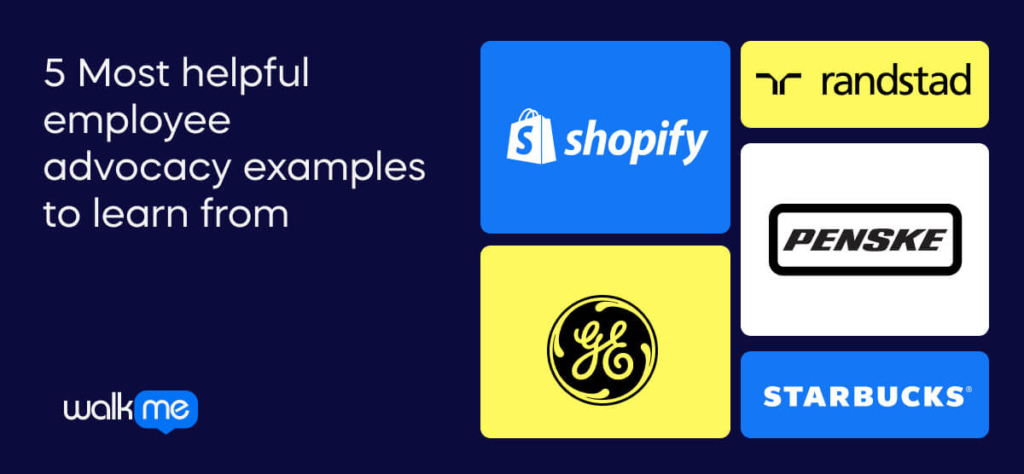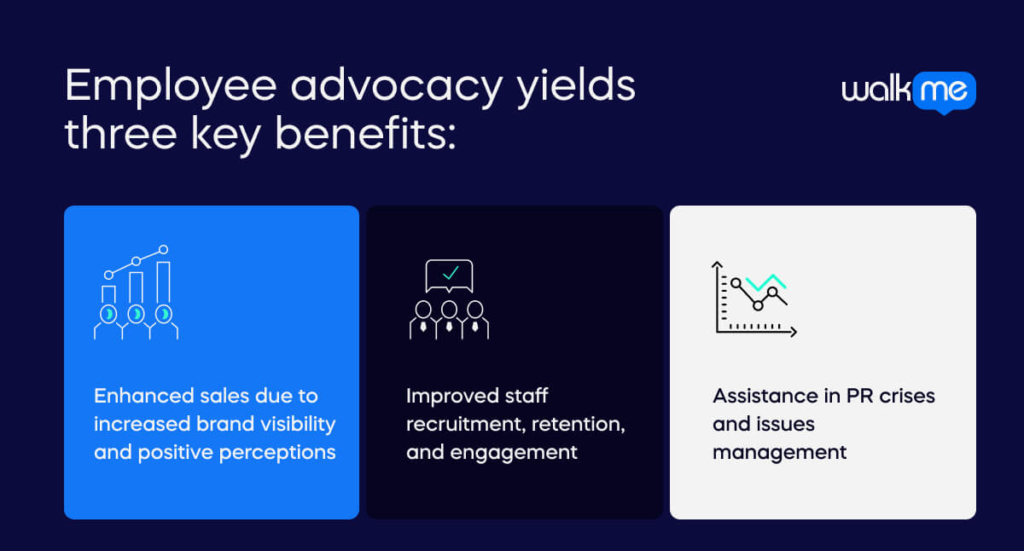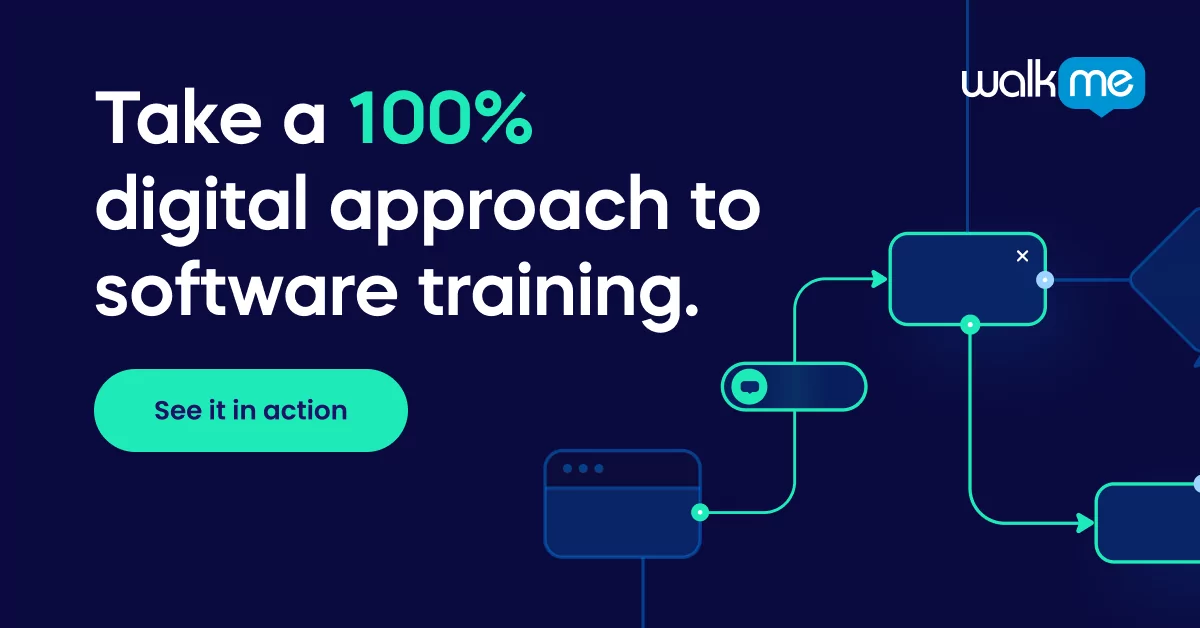If you won’t advocate for your employees, then who will?
Today is a fragile time for employees due to many economic factors causing layoffs and making employees feel vulnerable.
There are simple ways to make your staff feel valued and remind them that they are essential components that significantly impact their organization to improve employee retention.
Employee advocacy examples can help you learn from previous organizations and help you focus on improving employee experience. Review their attempts to show employees they are valued, not merely cogs in a vast machine, and consider how similar approaches may work to optimize employee productivity for your organization.
Globally, 70% of employees feel engaged in their roles. However,t this engagement comes after a lot of focused work and investment from HR. This article will show you examples of the hard work and rewards involved in successful employee advocacy efforts.
This guide combines detailed examples of employee advocacy with a section explaining their importance. It also breaks down the types of advocacy and when to use them.
Remember to implement what you learn from the examples below, along with critical data: your staff needs! The conclusion offers some ideas on how to achieve this.
5 Most helpful employee advocacy examples to learn from

The best way to learn and get inspired for your employee advocacy programs is to read examples. See below for the top 10 examples of how organizations have successfully implemented creative ways of showing their employees how much they value them.
Let’s begin with the eCommerce platform Shopify.
1. Shopify
We begin our exploration of employee advocacy with Shopify’s corporate culture.
Unlike traditional models, Shopify doesn’t centralize a vast repository of branded content for employee consumption. Instead, it empowers its workforce to be individual experts who speak honestly.
This strategy fosters employees’ development as industry authorities, while Shopify prioritizes providing training opportunities over content generation.
Shopify cultivates a culture of expertise and innovation by encouraging employees to discover their unique niches.
This personalized approach amplifies the company’s voice and enriches employee skill sets, aligning with Shopify’s commitment to ongoing learning and development.
What can we learn from this example?
We can learn three vital lessons from Shopify’s employee advocacy efforts:
- Treat employees like individuals: Shopify reminds employees that each customer using its e-commerce platform is an individual with different needs by treating each Shopify employee as an individual.
- Reflect your company values in your treatment of staff: By treating their employees as individuals, Shopify reminds employees that they must treat each shop owner customer on Shopify as individuals with unique needs.
- Value your staff’s expertise: Shopify encourages them to discover their niche role by offering unique learning and development opportunities. This approach allows them to build on their expert knowledge and instills pride and job satisfaction.
2. Penske
Penske, a longstanding supply chain and logistics leader, thrives on embracing change and anticipating future needs.
Recognizing the importance of staying ahead in sales effectiveness, their Director of Sales Solutions noted, “Our audience is on social media, the future of logistics.”
Thus, Penske adopted employee advocacy to facilitate content sharing with a younger demographic.
This strategic shift underscores Penske’s commitment to adapting to evolving market dynamics and leveraging emerging platforms to engage their audience effectively.
What can we learn from this example?
- Delivering content employees want will boost engagement. Focusing on social media for Penske customers also appealed to staff and drove engagement, productivity, and increased retention due to higher job satisfaction.
- It can be helpful to show your organization’s playful side. Organizations can be led by leaders who fear innovation and show a playful side. Penske proves that customers value playfulness, and employees enjoy their roles more in light-hearted workplaces.
- Focus on the people and the product: Penske realized that its customers needed more social media input to keep the company in touch with its user base’s needs. This shift allowed Penske to focus on its logistics product and deliver it in a more modern way, which also allowed it to support its staff by making them feel like they work in a contemporary environment.
3. GE
GE (General Electric) emphasizes brand ambassadorship as their approach to employee advocacy.
Seeking to position employees and leadership as valuable resources for prospective hires, GE aimed to address shifts in company culture and enhance transparency externally.
Through evolving training programs aligned with changing social media landscapes, they secured support from executives and staff, transforming the initiative into a pivotal recruitment asset.
Additionally, the program encouraged employees to reflect on their motivation for working at GE, fostering a more profound sense of purpose and potentially reducing turnover.
GE cultivates a more engaged and committed workforce by empowering employees to share their passion and purpose on social media.
What can we learn from this example?
- Empowering your employees can be fun and provide internal advertising. When GE empowered its staff to speak about their experiences on social media, they enjoyed it and felt their employer valued their experiences. This activity provided free and authentic internal advertising for recruitment and contributed toward positive workforce optimization efforts.
- Allowing employees to contribute to reducing turnover has many benefits: Employees often enjoy being given more responsibilities as long as they feel confident completing these tasks well. This approach can contribute to a healthy organizational culture.
- Giving employees new roles helps diversify their roles for better stimulation: Offering employees a more diverse set of tasks in their daily roles makes their jobs more stimulating, can increase employee retention, and can make it easier for them to recommend roles in their company to family and friends.
4. Randstad
Continuing our examination of employee advocacy successes, we turn to Randstad, a dominant force in the HR services sector worldwide. Karen Pace, who assumed the Director of Social and Content Marketing role, pinpoints areas for improvement.
Randstad faced challenges with fluctuating social media algorithms and the diverse composition of its workforce, hindering effective advocacy efforts.
However, post-implementation, the advocacy process underwent a significant overhaul. Through gamification and streamlined content access, employee engagement flourished.
What can we learn from this example?
- Expanding the social reach of your content can benefit staff. Expanding social reach helps build a positive reputation for your company by being in touch with its customers. This reputation can make employees proud to work for your organization and may make them more likely to stay.
- Enabling recruiters to use social selling to find potential talent can benefit staff roles: Any excuse to diversify the role and add new skills to employees can benefit them and make their role more stimulating, improving job satisfaction and retention.
- Adaptation is good for the organization and for staff. In the current age of digitalization, companies must adapt or die. Knowing that their organization is aware of this and constantly engages in change initiatives can be challenging for staff. However, it can also make them feel secure because their company knows the significance of adapting to changing times.
5. Starbucks
Starbucks provides another compelling example of effective employee advocacy.
Renowned for its internal program, the brand extends its presence across various social media channels. Partners create posts adhering to Starbucks’ guidelines within designated groups on each platform.
Starbucks’ approach underscores the power of engaging employees as advocates, amplifying brand messaging, and fostering a sense of ownership and loyalty among its workforce.
What can we learn from this example?
- Engaging employees as advocates holds several benefits: When you turn your employees into advocates, you create an army of innovation leaders. Giving your staff responsibilities for advocacy gives them an incentive to participate in the company’s success and maintain a positive reputation at all times. It also increases their sense of pride in their role and encourages them to be aware of constant updates of their organization to share on social media.
- Publicizing employee advocacy can benefit company reputation: The nature of social media is that followers want to know everything about those they follow. Sharing all details of your programs can be positive for your company’s reputation and attract new staff and customers as they want to associate with the positive and healthy culture and ethics that employee advocacy brings.
Why is employee advocacy important?
When considering why employee advocacy is important, start with social media.
Your employees are already active on social media. While Joe from Accounting’s mom might not be your target audience, Joe likely has followers who are or can amplify your message.
Social media ranks second to search engines in online brand research, influencing consumers throughout their buying journey. Positive posts from employee advocates distinguish your brand.

Employee advocacy yields three key benefits:
- Enhanced sales due to increased brand visibility and positive perceptions.
- Improved staff recruitment, retention, and engagement.
- Assistance in PR crises and issues management.
You can cultivate trust through consistent behavior aligned with brand values and ethical conduct. Moreover, endorsements from trustworthy individuals, like Shiva Reddy’s unsolicited Instagram post showcasing her workplace, foster goodwill and support for your brand.
What are the types of employee advocacy?
Knowing the types of employee advocacy can help you decide which is best for your employees at the right time.
These types include merchandise, internal recognition programs, and, most crucially, social media advocacy.
Organizational merchandise
Encouraging employees to showcase company pride through the distribution of branded merchandise is a time-honored tactic that transcends the era of social media.
In today’s digital landscape, sharing images of swag on social platforms has become commonplace, amplifying brand visibility and fostering a sense of camaraderie among staff.
Effective swag items are both practical and aesthetically pleasing, such as cozy sweatshirts or branded stickers for personal devices. These subtle displays of company affiliation serve as organic advertisements, subtly reinforcing brand presence in various settings.
Internal recognition programs
Internally, fostering a culture of appreciation and recognition is essential for cultivating brand advocates.
Programs like “Employee of the Month” offer public acknowledgment and sometimes tangible rewards, motivating staff to promote the company actively.
Platforms like employee recognition software facilitate peer-to-peer commendations, contributing to a positive workplace ethos conducive to advocacy.
Advocacy via social media channels
Harnessing the power of social media as part of an employee advocacy strategy is increasingly vital.
Social media advocacy involves employees sharing positive content about the company on their personal profiles. While this approach demands coordination and effort, it can yield significant returns on investment.
Surveys recording the preferences of young people aged 13-39 based their buying choices on celebrities and social media influences more than established brands. Leveraging the combined reach of both employees and customers on social platforms presents an opportunity to amplify brand messaging and foster genuine connections with audiences.
These elements—company swag distribution, internal recognition programs, and social media advocacy—can synergistically enhance employee engagement and brand advocacy, ultimately contributing to organizational success in the digitalization age.
Get to know your staff to use employee advocacy successfully
Employee advocacy is as complicated yet simple as the human mind. People, including your employees, need variety, and it can be challenging to please a group of individuals with various wants and needs.
However, the best way to approach employee advocacy is to get to know your staff as deeply as possible and tailor your strategy to their needs.
You can use employee surveys, which are used by 57% of IT leaders, or one-on-one interviews, which are used by 50% of leaders. These tools promote engagement and ask about interests and employee satisfaction.
This survey data can also help you know whether they would favor merchandise, social media advocacy, internal recognition programs, or all three.
These benefits will allow you to grow more quickly and ensure success longer.


